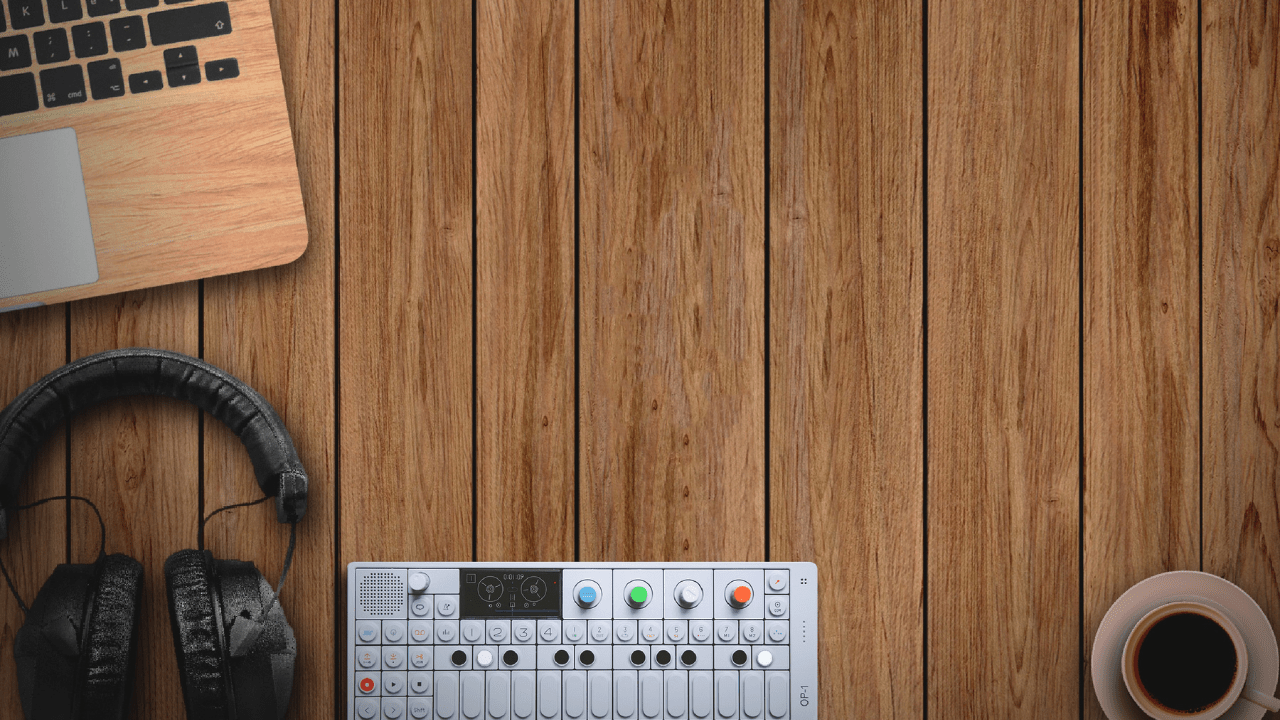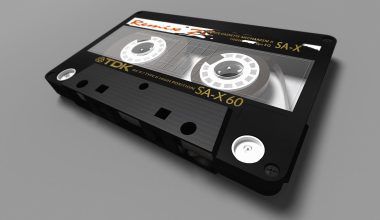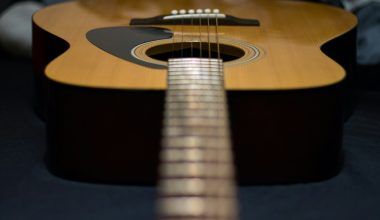If you love singing and want your voice to sound great, you need the right microphone. A condenser microphone for singing is perfect because it captures your voice clearly, making it sound rich and full. Whether you’re recording in a home studio or a professional space, these mics are ideal for bringing out the best in your vocals.
This guide will explain everything you need to know about condenser microphones, how they work, and which one to pick for your needs. Don’t worry—we’ll keep it simple and easy to understand!
1. What is a Condenser Microphone?
Let’s start with the basics. A condenser microphone is a type of mic that’s really sensitive to sound. It’s perfect for picking up soft and detailed sounds, like your voice when you sing. That’s why it’s so popular among singers and voice artists.
Unlike other microphones, a condenser mic uses a very light diaphragm (a thin piece of material that vibrates when sound hits it). This makes it super responsive to even the smallest sounds.
2. Why is a Condenser Microphone Great for Singing?
If you’re serious about singing, a condenser microphone is your best friend. Here’s why:
- Crystal-Clear Sound: It captures every little detail in your voice, making it sound natural and professional.
- Wide Range: It picks up both high and low notes beautifully.
- Perfect for Studios: Whether you’re recording music or podcasts, it works great in quiet environments.
Imagine singing a soft, emotional song. A condenser microphone will pick up all those small, heartfelt moments that make your performance special.
3. How Does a Condenser Microphone Work?
Don’t worry, we’ll keep the technical stuff simple! A condenser microphone works like this:
- Sound Hits the Diaphragm: When you sing, sound waves hit the thin diaphragm inside the mic.
- Electric Signals are Made: The diaphragm moves, creating an electrical signal.
- Sound is Amplified: This signal is then sent to your recording device, capturing your voice.
Most condenser mics need phantom power (48V) to work. This is a type of energy provided by audio interfaces or mixers to power the mic.
4. Types of Condenser Microphones
There are two main types of condenser microphones. Knowing the difference will help you pick the right one.
a. Large-Diaphragm Condenser Microphones
- Best for singing and voice recording.
- Captures warm and rich sounds.
- Example: Neumann TLM 102.
b. Small-Diaphragm Condenser Microphones
- Good for instruments like guitars.
- Produces crisp and clear sounds.
- Example: Shure KSM137.
For singers, a large-diaphragm condenser mic is usually the best choice.
5. Features to Look for in a Condenser Microphone
Choosing the right condenser microphone for singing can feel overwhelming, but here are some things to look for:
- Polar Pattern:
- Cardioid is best for singing because it focuses on sound from the front and reduces background noise.
- Frequency Response:
- A range of 20 Hz to 20 kHz is ideal for capturing all the highs and lows of your voice.
- Noise Level:
- Low self-noise means less hissing or buzzing sounds.
- Build Quality:
- A sturdy microphone lasts longer and performs better.
- Extras:
- Features like a pop filter, shock mount, and carrying case are useful.
6. Best Condenser Microphones for Singers
Here are some great condenser microphones for singing, whether you’re on a budget or looking for something professional.
Affordable Options (Under ₹10,000):
- Audio-Technica AT2020: Great for beginners.
- Samson C01: Budget-friendly and reliable.
Mid-Range Microphones (₹10,000 – ₹30,000):
- Rode NT1-A: Known for its clarity and low noise.
- AKG Perception 420: Offers multiple polar patterns.
Professional Microphones (₹30,000+):
- Neumann U87 Ai: A favorite among professionals.
- AKG C414: Versatile and high-quality.
7. How to Set Up Your Condenser Microphone
Setting up your condenser microphone correctly is super important. Here’s a simple guide:
- Connect the Microphone: Plug it into an audio interface or mixer.
- Turn on Phantom Power: Most condenser mics need it to work.
- Use a Pop Filter: This reduces harsh “P” and “B” sounds.
- Position the Mic: Keep it about 6-12 inches from your mouth.
- Test Your Sound: Adjust the gain (volume) to avoid clipping.
8. Tips to Improve Your Singing Recordings
Want your recordings to sound amazing? Try these tips:
- Sing in a Quiet Room: Avoid background noise for a clean recording.
- Control Your Breathing: Practice steady breathing to improve your vocal control.
- Experiment with Mic Placement: Slight changes in position can affect how your voice sounds.
- Warm Up: Always do vocal warm-ups before recording.
9. Taking Care of Your Condenser Microphone
Taking care of your mic will keep it working for years. Here’s how:
- Keep It Clean: Use a soft cloth to remove dust.
- Avoid Moisture: Don’t sing too close to avoid damaging the diaphragm.
- Store It Properly: Use a case to protect it when not in use.
- Check Cables: Make sure all connections are secure.
10. Common Questions About Condenser Microphones
Q: Can I use a condenser microphone for live singing?
Yes, but dynamic mics are usually better for live performances because they handle rough use better.
Q: Do I need an expensive mic for good sound?
Not always. Many affordable mics, like the Rode NT1-A, offer excellent quality for their price.
Q: What’s the best mic for beginners?
The Audio-Technica AT2020 is a great choice for those starting out.
Conclusion
Choosing the right condenser microphone for singing can make a huge difference in how your voice sounds. Whether you’re recording at home or in a studio, a good mic captures your true talent and makes you sound amazing. With the tips and recommendations in this guide, you’re now ready to pick the perfect microphone for your singing journey.
Start singing, start recording, and let the world hear your voice!
Related Articles:
For further reading, explore these related articles:
- The Journey of Trap Music Artists: Rising Stars of the Music World
- Learn Music at Home: A Simple and Easy Guide
- How to Make Good Music That Everyone Loves
For additional resources on music marketing and distribution, visit Deliver My Tune.






